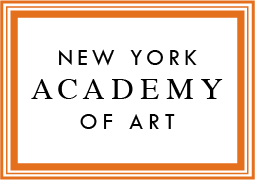Plagiarism
The Academy holds students to the highest standards of academic conduct and honesty. Plagiarism and copy right infringement will not be tolerated. Plagiarism, or the use of another’s work, words, or expressions without attribution or permission, includes paraphrasing in a form close to the original. Whether the sources being borrowed are published or unpublished, in print or on the Internet, they must be cited. Plagiarism can result in suspension or expulsion from the Academy. Within the visual arts practice, plagiarism can take a variety of forms including transcription, recognizable appropriation, simulation or use of another artist’s work as part of a student’s conceptual practice. Visual plagiarism can be avoided by citing all sources, research material and influences in the development of student work. By extension, students may not submit work for an assignment that has already been submitted for a previous assignment within the course or in another course.
Copyright
Likewise, the Academy attempts to combat unauthorized distribution of copyrighted material. It is illegal to violate any of the rights provided by copyright law to the owner of the copyright, although there are limitations on these rights, including the doctrine of “fair use.” The Copyright Act of 1976 can be found at: www.copyright.gov.The doctrine of “fair use” is largely governed by case law. Students with questions concerning copyright and fair use can ask the Academy librarian for further direction. Downloading copyrighted material from the Internet without permission is illegal. Students should not use the Academy’s or their personal computers to distribute copyrighted material without the permission of the copyright owner. Under certain circumstances, the Academy may be compelled to disclose violations of law by its students and faculty.
